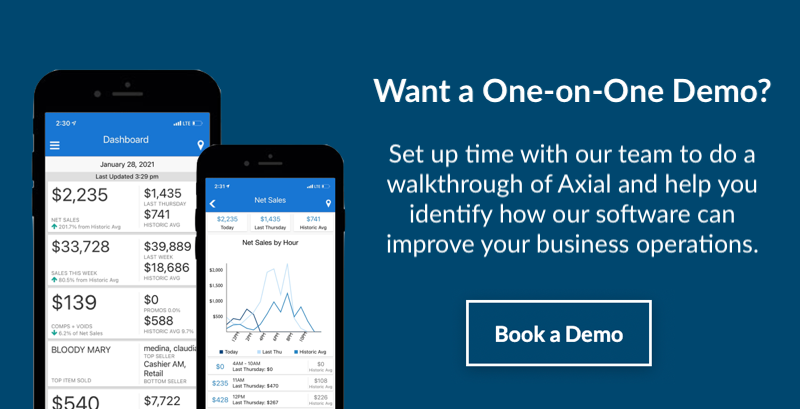If you boil down a restaurant into the elements that most impact its profitability, there are four key areas:
- Sales: How much product does a restaurant sell?
- Comps + Voids: Do we have sufficient product and staff?
- Labor: What are a restaurant’s total and hourly labor costs?
- Purchases: Are we being consistent with our preparation, presentation, and waste?
These are the four things that restaurant managers can affect day-to-day. Planning well around each of these areas is essential to smooth execution. If these key elements are successfully managed, profitability takes care of itself.
Without planning, managers often focus only on reducing labor costs and purchases in an effort to achieve profits. This approach goes only so far. At a certain point, cutting labor leads to unintended consequences, such as a poor guest experience or employee burnout, and frequently ends up reducing sales.
Stability in operations is key to improving purchase efficiency. Also, understanding errors in preparation and recipe execution requires comparing theoretical usage of individual items based on sales. This process can be extremely time-consuming to do manually. Being able to evaluate this information by shift is essential to ensuring consistent quality. Also, it requires understanding what is moving. Guessing means over-purchasing or 86’ing items.
Top restaurant operators recognize that a better use of their time is in planning and goal-setting, which lifts performance across the board. A better labor plan helps restaurants optimize their staffing and improve morale. Inventory usage reports make kitchen prep smoother with fewer shortfalls and less waste. Goal setting, meanwhile, helps restaurants measure progress toward a target. These all are ongoing efforts that must be ingrained in the culture of a restaurant.
The Role Of Software In Restaurants
It’s a heavy lift for restaurants to do these things on their own without a tool to automate reports, compare data, and track performance. While software is often viewed by restaurants as an operating expense, it can just as easily be considered as advertising or marketing since it results in a better dining experience and drives repeat customers.
With the proper mindset and the right software, restaurant owners can achieve better profitability. You just can’t cut your way there. It takes a holistic approach that addresses all four cornerstones of running a restaurant.
To start a free trial, to schedule a demo, or to learn more, register at https://app.axialcommerce.com/register or contact us by clicking here.





